
Call Now & Start Saving on Golf Today! 800-321-8269
November 2012

WHICH COURSES DO YOU WANT TO PLAY?
Golf Card is committed to adding new, quality courses to its nationwide network. If there is a course you would like to see accept The Golf Card, please let us know by E-mailing office@golfcard.com. We will do our best to contact these courses and enroll them. Or have the course call us at 1-800-321-8269.
WOODLOCH
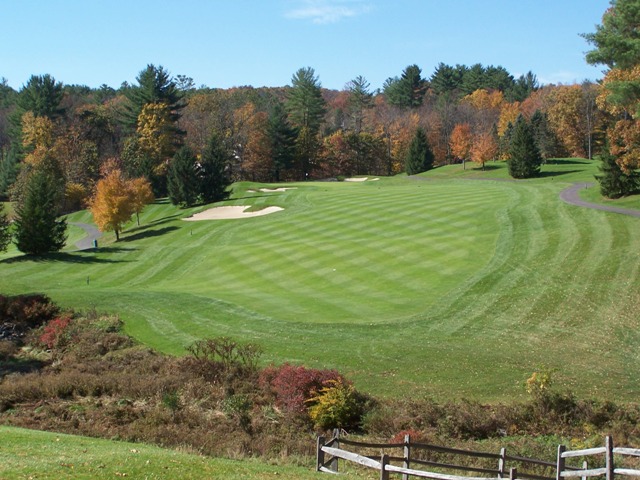
For those who slogged through a dreary, rainy day a year ago in the Woodloch Fall Member-Guest, it was pure redemption this year. An absolutely picture perfect day - bright sunshine, temperatures in the mid 60s and some splendid fall foliage - greeted the 70 participants at Woodloch on Wednesday, October 18. The four-star course in northeastern Pennsylvania was equally mint - plush fairways and greens rolling at just the right speed.
It's no coincidence that such ideal conditions brought out the best among many of the golfers resulting in the closest finish we've ever had a Golf Card Member-Guest tournament. Five teams in the A flight shot 61 or better net and just two shots separated first and fifth place. The trio of Andrew Scioscia, Joseph Scioscia and Kylee Brown shot a net 59 and won on a match of cards to take first.
In the B Flight, the team of James Romeo, Carol Skutack, Ed Skutack and Jerry Bednach were five shots the best with a net score of 64.
The day concluded tastefully as well as all golfers were treated to a delicious prime rib, chicken francaise or penne vodka dinner.
In addition to the golf, prizes and dinner, for the first time in one of our member-guest tournaments, all participants were given a $10 gift certificate in the Woodloch pro shop.
"You just can't beat this deal," said Pete Becker, a longtime Golf Card member and regular participant in Member-Guest tournaments. His foursome took advantage of a special overnite package at Woodloch and played the next day as well.
A big thank you to Director of Golf John Pillar and his staff who always provide top-notch service.
RESULTS
A Flight
1st - Andrew Scoscia, Joseph Scoscia, Kylee Brown
2nd - Andy Jorgensen, Vince Dominach, Rip Ludwig, Ken Roberts
B Flight
1st - James Romeo, Carol Skutack, Ed Skutack, Jerry Bednach
2nd - Marty Fillman, Mike Goda, Joe Maressa, Mark Broughton
Closest to the Pin
Women - Kylee Brown
Men - David Grant
Straightest Drive
Women - Carol Skutack
Men - Rip Ludwig
TRAVEL SPOTLIGHT - Mississippi
If you're looking for an ideal November or December golf destination, give Mississippi a look. With average temperatures in the mid 60s, miles of coastline along the Gulf, casino resorts and a slew of quality Golf Card courses, Mississippi has everything you could want for a golf vacation. Here is a look at some courses throughout the state you might want to check out:

Established in 1953, Sunkist Country Club in Biloxi, MS is one of the original golf destinations on the Mississippi Gulf Coast. Featuring 6400 yards of golf from three tees, Sunkist's meticulously-maintained course is a good challenge for all skill levels. Water comes into play on 13 of the 18 holes.
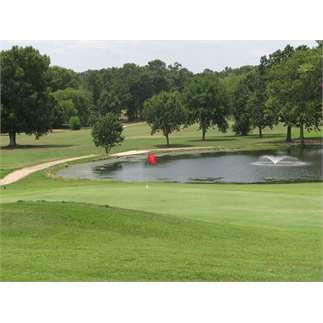
About 25 miles from Hattiesburg, Okatoma Golf Club (601-765-1841; okatomagolfclub.com) in Collins sports open fairways framed by native forests. The landscape's naturally rolling terrain flows seamlessly over the entire course. The greens are known as some of the best in the area.
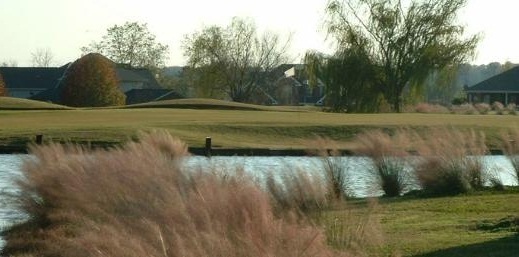
Elm Lake Golf Course(662-329-8964; elmlakegolfcourse.com) in Columbus near the Alabama border provides wide, open fairways with numerous angles of attack. It's not just bombs away though - several water hazards dot the course.
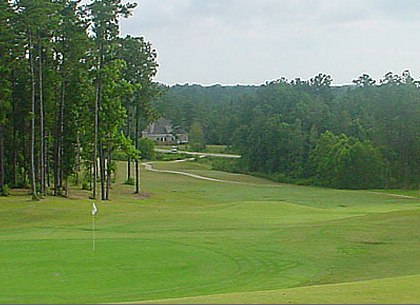
Open to the public, Shadow Ridge Golf Course (601-296-0286; shadowridgegolf.com) in Hattiesburg is a premier residential and golf community encompassing approximately 500 acres of rolling hills populated by native pines, dogwoods and magnolias. The Paul Azinger-designed course takes full advantage of the lakes, streams, and nature preserves of the area.
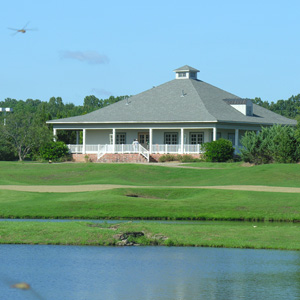
Lake Caroline Golf Club (601-853-4554; carolinegolf.com) in Madison 15 miles north of the capital city of Jackson is a target-style course that stretches out to 6,800 yards. The landing areas are defined with gentle mounds that accent several ponds and memorable views of Lake Caroline.

Quail Hollow Golf Course (601-684-2903; quailhollowgc.com) in McComb is located in beautiful Percy Quin State Park. With rolling terrain, a variety of signature holes, and undulating greens, Quail Hollow never plays the same twice. The course utilizes natural terrain to create spectacular holes in harmony with the beautiful Southern Mississippi countryside.
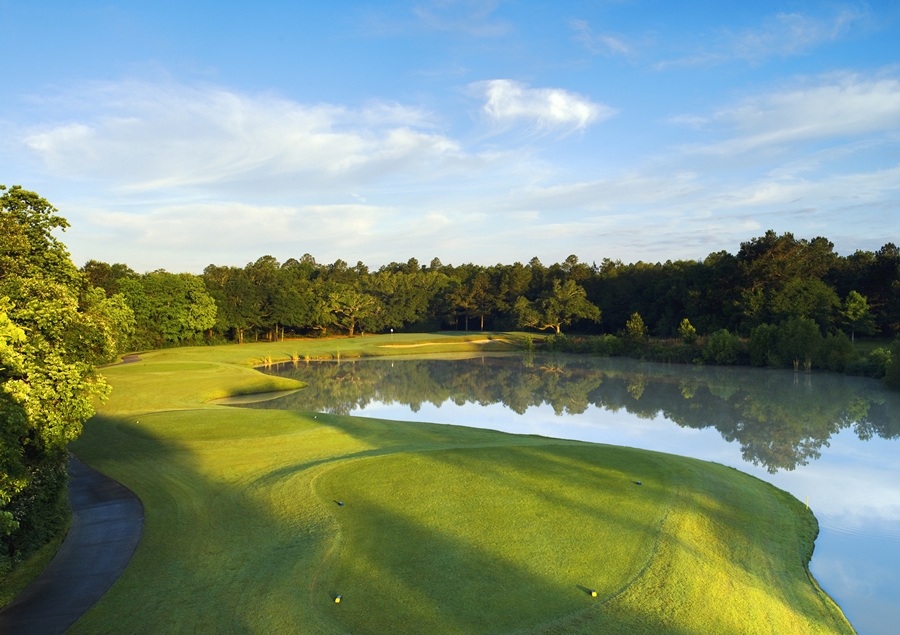
Originally opened in 1998, The Oaks Golf Club (228-452-0909; theoaksgolfclub.com) in Pass Christian is nestled amongst majestic timberlands and native wetlands providing some of the most memorable golf scenery on the Mississippi Gulf Coast. The striking par-72 layout is highlighted by strategic bunkering, dramatic green complexes and a meandering route which creates a serene golf experience. In addition to hosting a Nike Tour (now the web.com Tour), The Oaks has received numerous awards and accolades in its eight-year existence, including being honored by Golf Digest as one of the "Top Ten Courses" in Mississippi, voted as the "Best Course on the Coast," by readers of Coast Magazine and selected as the 2003 "Golf Course of the Year for the Mississippi Gulf Coast," by the National Golf Course Owners Association.
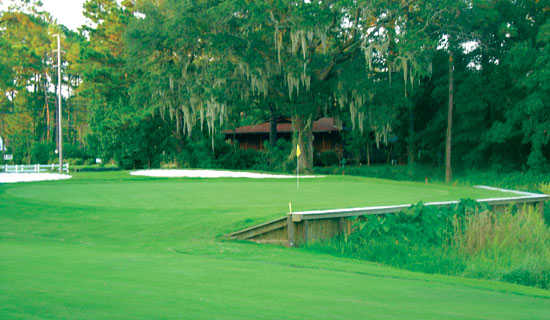
One of the oldest golf courses on the Gulf Coast, Pass Christian Isles Golf Club (228-452-4851; pci-golf.com) in Pass Christian Isles is known for its very small greens and tree-lined fairways as were most courses designed in the early 1900s. It also has strategically positioned water hazards that come into play on six holes. The course underwent major renovations in 2004 and then recovered from the catastrophic Hurricane Katrina retaining the integrity and character of the original Tom Bendelow design.
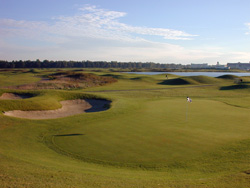
In northwest Mississippi about 35 miles from Memphis, River Bend Links (662-363-1005; riverbendlinks.com) in Robinsonville conjures up images of wind swept treeless terrain, and that is exactly what River Bend Links is. Golf course architect Clyde Johnston describes his River Bend Links course as "a field of dunes." Clyde transformed this cotton field into a marvelous Scottish links style course. Built next to the Mississippi River where animals still inhabit the area, during the round you may see deer, fox, or wild turkey. River Bend Links was created through an unusual alliance of three casinos, normally fierce competitors, who saw the need for alternative entertainment for their guests and the public. Resorts Casino, Hollywood Casino and Sam's Town Casino joined forces to build this links-style course, in the Tunica area of Mississippi.
Other courses worth checking out in Mississippi are Wedgewood Golf Course (662-895-7490; wedgewoodgolfersclub.com) in Olive Branch and Eagle Ridge Golf Course (601-857-5993) in Raymond, a 3½ star layout on the campus of Hinds Community College.
A Temporary Solution
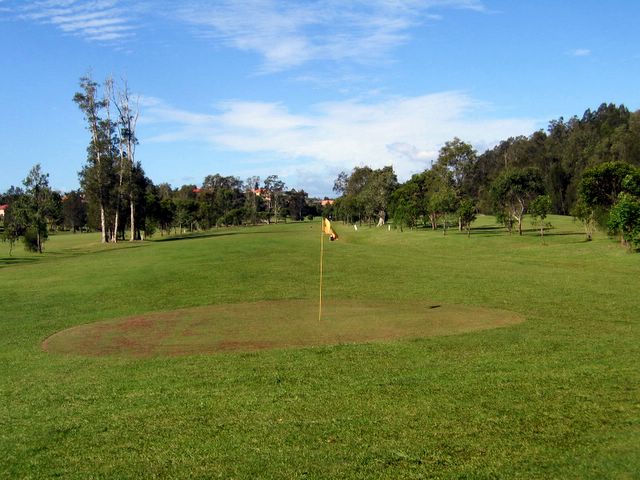
It's hard to say whether Greg Shellhouse's first hole-in-one was lucky or unlucky. Several years ago, his home course in Canada lost all its greens as a result of some bad fertilizer. The club members had to borrow $1.5 million and rebuild all 18 greens, forcing the use of temporary greens for most of the season.
It was on one of those temporary greens that Shellington recorded his first hole-in-one, prompting an interesting dilemma - did it count. Well, it depends. As far as official hole-in-one recognition, unfortunately, temporary greens are not acceptable. But at Shellhouse's course, any hole-in-one counts when it comes to paying up at the bar. At least they could have compromised and split the bill with him!
The True Meaning of Amateur Golf
Amateur means means "amare" in Latin or "to love." So it follows that amateur golf should be for the true love of the game. Dr. Tom Ferraro, a sports psychologist who has worked with professional and amateur golfers suggests that amateur golfers should not only like the sport they are playing, but also themselves as well. "If you do, you'll have a lot more fun and golf will return to its proper place as a joyful pastime that surrounds one with beauty of nature, the delight of friendship and the benefits of exercise."
JUST SAYIN' - Ken Cohen
At the same time I was playing in the New York State Mid-Amateur golf championship two months ago in Rochester against some pretty good amateurs 25 years and over, the Ryder Cup was being contested by 24 of the best players in the world. There's nothing more eye-opening than trying to do something at your level and then immediately watching how it's done by those at a much higher level.
And that's not to say that everything the guys at the Ryder Cup did was that much better than what I did. Which in a way is reassuring to us "amateurs." I saw shanked irons, skulled wedges, duck hooks, missed one-footers, poor course management and a host of other common mistakes. Everything I did in Rochester. But they also hit some amazing shots and played golf at its absolute best. Ian Poulter birdying five consecutive holes; Nicolas Colsaerts making eight birdies and a eagle and Webb Simpson and Bubba Watson going 10 under through 13 holes.
I didn't do that in Rochester. The most birdies I made in a row was one and the best I was compared to par for any stretch of holes was the first nine I played in even par. That's probably why I finished 28th - a decent performance considering 132 started - but certainly not good enough to be in contention.
As I drove the four hours home, I dissected every shot in all three rounds, which is what golfers usually do. I also juxtaposed it with what I saw on television with The Ryder Cup and tried to draw some conclusions that I could build upon. What kept hitting me over the head was how little momentum I generated in my round. The fact that I could not string together two birdies in a row clearly showed how bad my timing was. Not so much the timing in my swing, which certainly wasn't stellar, but the ability to hit a good shot at the right time or not hit a bad shot at the wrong time.
I've played competitive golf long enough (as well as other sports) to know that is the difference between a great result and a mediocre one. In golf they call it "keeping the round going" - that four-footer for par to keep a string of holes without a bogey alive; the 30-yard wedge to a par-five to get close enough for a second birdie in a row. It's the same in all sports - making the key pitch, hitting the big three-pointer, converting the crucial third down. That's what winning ultimately comes down to - excelling when you need to and avoiding the big mistake when you can't afford to.
Yes, I've done it - shot low rounds and won tournaments. But the difference between me and the guys at The Ryder Cup is they do it all the time. They have the rare ability to consistently generate momentum, keep rounds going and feed off the confidence in their skills. Amateurs like me can do everything top professionals do on any given day. And though we have some degree of confidence to rely on, we also have doubt. There is no doubt with world-class golfers.
RULES SCHOOL - Too many clubs
Though recreational golfers sometimes forget or simply don't know, a round golf is to be played with no more than 14 clubs. So what happens if you discover at some point there are fifteen or more clubs in your bag? The following penalties are assessed:
Match play: At the conclusion of the hole at which the breach is discovered, the state of the match shall be adjusted by deducting one hole for each hole at which the breach occurred. Maximum deduction per round is two holes.
Stroke play: Two strokes for each hole at which any breach occurred; maximum penalty per round is four strokes.
So what does this all mean? Dave is getting ready to hit his second shot on the third hole of a stroke play event and discovers the new driver he was trying out the night before is still in his bag, giving him one too many. He has to notify his competitor immediately, indicate which club is now out of play and add four shots to his score - two on the first hole and two on the second hole. He is not penalized on the third hole because the maximum penalty is four shots.
If it was match play and Dave was playing Jack, Dave would lose the first two holes and continue playing the third hole with no additional penalties.
MEMBER'S TEE - Keeping my head still
Are there any secrets to keeping my head still during my swing?
Sally Madison
Roanoke, Virginia
Golf Card Instructional Staff
Keeping your head perfectly still during the golf swing is not only impossible, but ineffective. It tends to restrict your shoulder turn on the backswing and your hip turn on the follow through. All good players have some head movement in their swings, usually slightly swiveling to the right during the backswing and to the left on the follow through. It's a natural, liberating movement that keeps the head aligned with the movement of the spine and allows the shoulders to turn. Players who concentrate on keeping their head still often develop tension in their swings and a reverse weight shift.
If you want to think about anything with your head, makes sure it's behind the ball at address and impact.
If you have a swing problem or other flaw with your game, e-mail us at memberstee@golfcard.com. Please include a brief description of what your tendencies are, what you want fixed and our Instructional Staff will consider your submission for response.
Questions? Call us 1-800-321-8269 or 1-850-398-6158
Mon-Fri 8AM-5PM